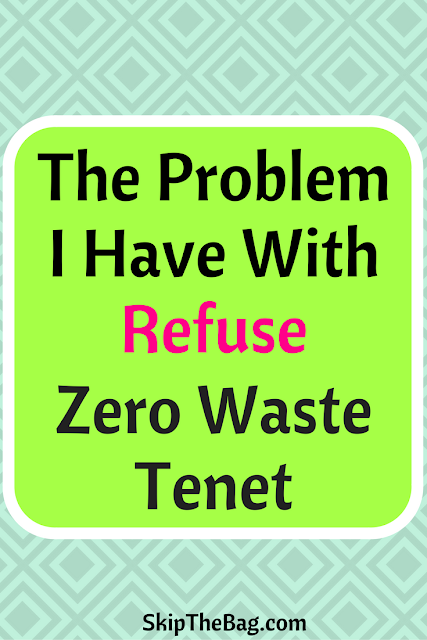I haven't written much about the chickens mostly because there hasn't been that much to say. It's crazy how fast they grow! You can see how tiny they were when we first got them. They are very easy pets/livestock! Our chicks are about 12 weeks now. We go out most mornings just to check on them and make sure they have food and water. They aren't laying eggs yet and have enough food and water so I'll admit I've gotten a bit lazy about going out in the mornings. Then usually in the afternoon I'll go out there and pick some greens to give to them and check on them again.
This site uses affiliate links. If you click and make a purchase I may receive a commission which I use to fund the blog (thank you!). The price to you is the same.
Our chickens are not free range. They exclusively live in the coop that we built. The coop has been working great. Last week it was getting time to change out the litter. They call the stuff on the bottom of a coop litter. Ours is leaves that we gathered from the fall. As we were replacing the litter we made sure to put up the dog and we let them wander around the yard for a few minutes. I think they rather enjoyed eating the fresh grass and foraging for bugs.
Our chickens are still too young to produce eggs. I anticipate they will start in the next month or so. When that happens twice daily trips will likely become more mandatory to pick up the eggs. Estimates are that with 6 chickens when they all start laying at full capacity we'll have about 2-3 dozen eggs a week! People at work have been so great and saving egg cartons for me. However even with repaying them back we'll likely have eggs out of our ears.
Anyone have any great egg recipes? :)
Pin for later:




































